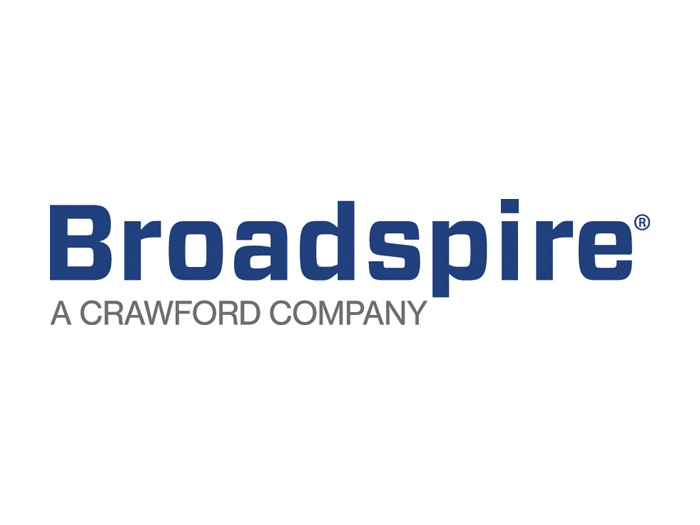Nonprofit D&O Insurance Market Shows Mixed Signals as New Challenges Emerge in 2025

Nonprofit organizations face increasingly complex management liability challenges in 2025, with pressures from funding freezes, rising employment claims, and D&O insurance carriers reducing coverage limits, according to a report from Gallagher.
The convergence of professional staff and volunteer board members creates unique management risk landscapes for the sector, requiring more sophisticated insurance strategies, the report explained.
The nonprofit D&O insurance market shows a mixed picture in 2025, with many organizations experiencing flat renewals or modest single-digit decreases in premiums, according to Gallagher. This trend is largely attributed to new carriers entering the marketplace, creating competition that has helped drive down costs for organizations with lower risk profiles. However, the report highlights that certain nonprofit sectors continue to face challenges securing adequate D&O coverage at reasonable rates.
Child welfare agencies, affordable housing providers, higher-education institutions, health care organizations, and faith-based groups are encountering the most difficult market conditions, the broker said. These high-risk sectors are seeing “less carrier appetite, especially on a primary basis,” with some facing “increases exceeding double digits or even carriers leaving such classes of business as religious-oriented groups.”
Despite these challenges with primary coverage, the report noted there is an abundance of excess carriers competing for business.
Coverage terms for nonprofits are also evolving in concerning directions, with carriers increasingly removing antitrust coverage, implementing low rate caps for defense firms, and adding broad exclusions for molestation, cyber incidents, and professional services, Gallagher reported. These exclusions represent significant potential gaps in protection.
Challenges Facing the Nonprofit Sector
Employment practices liability (EPL) claims continue to be the leading source of losses in the nonprofit sector. Contrary to expectations, wrongful termination claims that spiked during COVID have not declined, particularly impacting organizations without robust human resources infrastructure, Gallagher reported. California remains especially problematic, with EPL premiums “still not adequate for the risk,” according to the report.
Federal funding challenges for nonprofits have created additional pressures. Organizations dependent on government grants may be forced to reduce staff, potentially triggering employment claims, or break contracts and default on credit obligations, exposing them to Errors & Omissions risks, the report said. These challenges occur against a backdrop of broader economic uncertainty, including rising interest rates and recession fears.
Bankruptcy risk reached a 14-year high in 2024, threatening the protection traditionally afforded to directors and officers. When organizations lack sufficient funds for indemnification, individual board members and executives must rely on their insurance policies to protect personal assets from litigation, Gallagher said.
Community-based nonprofits operating 24-hour services face particular challenges with wage and hour claims, which are “likely not covered by insurance but still present a risk,” the broker said.
Strategic Recommendations for Nonprofit Leaders
The report strongly encourages nonprofit organizations to consider “unbundling” their management liability coverages into separate policies. This approach—separating board decisions, employment practices, crime, cyber, and fiduciary coverages—can result in “better coverage, lower retentions and better premiums” compared to traditional bundled policies, according to Gallagher.
For individual directors and officers concerned about personal asset protection, purchasing additional “Side-A” coverage that sits in excess of standard D&O policies provides crucial protection, particularly when organizational funds for indemnification are unavailable or legally prohibited, the broker noted.
Nonprofits should also prepare for upcoming federal employment law changes in 2025, including new overtime requirements and potential revisions to paid family leave policies. These regulatory shifts will require policy updates and staff training to ensure compliance.
For organizations of all sizes, the report emphasizes that “there is no substitution for adequate timekeeping and proper written documentation” to mitigate employment practices claims. High-risk sectors should invest in experienced HR professionals, sophisticated time-tracking systems, and manager training to enforce compliance with complex employment regulations, the broker recommended.
View the report here. &










